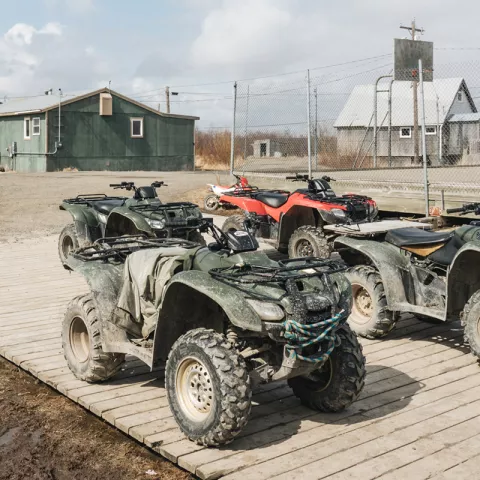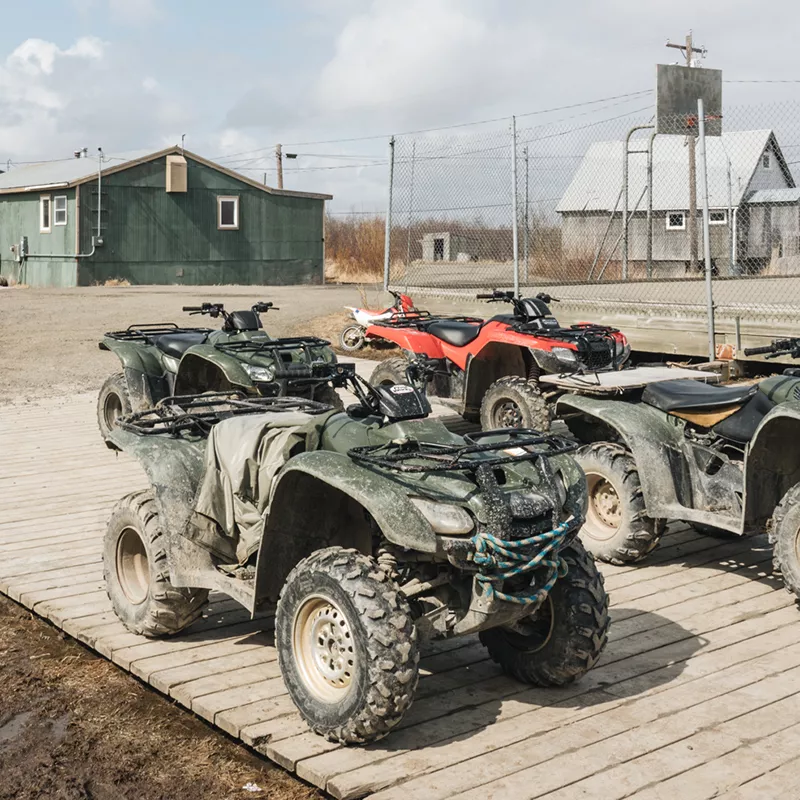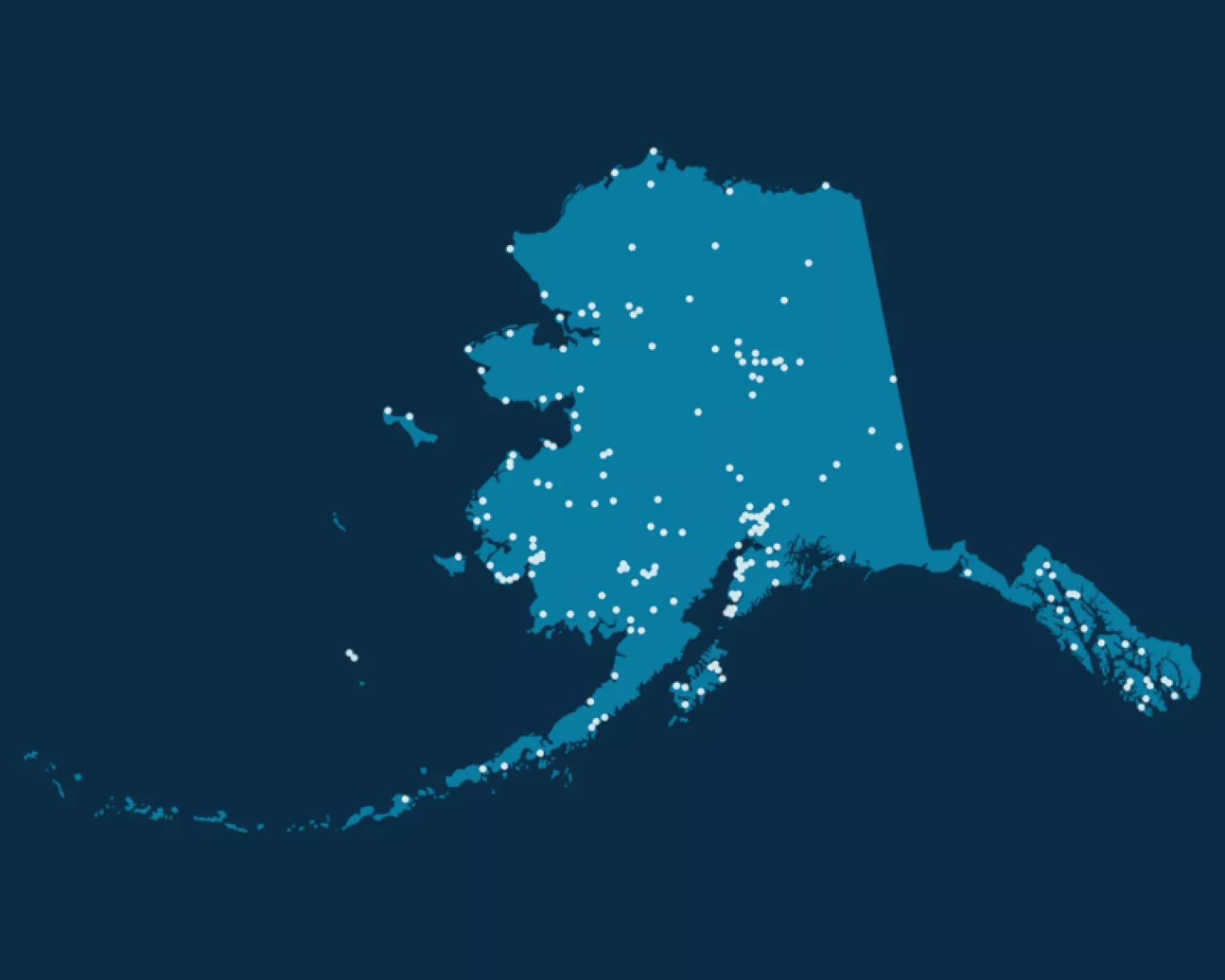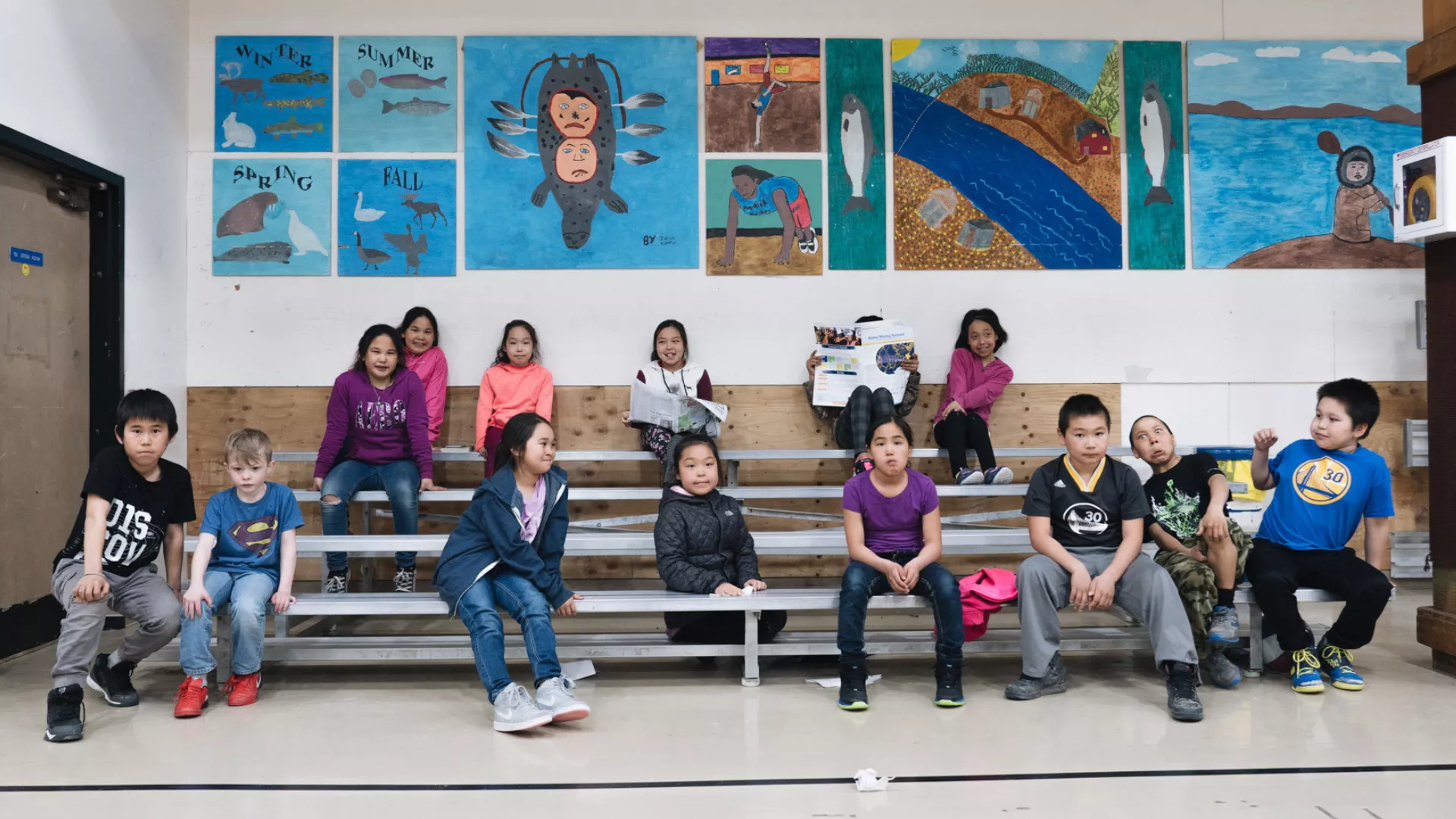About Rural Alaska
Rural Alaska is sparsely populated, and in western and northern Alaska, indigenous peoples make up the majority of the population: Aleut, Yup’ik, and Inupiat. Athabascans live in rural villages in Interior Alaska and Tlingit/Haida/Tshimshians in Southeast. In all, there are more than 220 federally recognized tribes in Alaska. Most villages are marked by thriving culture and language, and traditional ways of hunting and fishing. It is crucial for you as an educator in remote communities to understand that this is a true cross-cultural experience.


Nearly every rural Alaska educator will tell you that their jobs are both challenging and incredibly rewarding. The close knit nature of these communities mean you will likely know not only just the students in your class, but often, every student in the entire school. It’s quite common in rural Alaska to work with students throughout their entire academic career, often in the same building.
With members in nearly every Alaska community, NEA-Alaska is here to help. Living and working in remote corners of Alaska is not without its challenges. Access to grocery stores, transportation, and even internet access can be difficult. If you’re planning on working in rural Alaska, it’s very important to reach out to your local president before you head out to your village, for tips on what to pack, what to expect, understanding the culture, historical challenges and harms, and how to integrate yourself into your new community.
Learn more about living in Alaska
“The students in rural Alaska are proud of their culture and want to share it with their teachers. I am able to learn more about kids here than I would ever in the lower 48.”
Emma Melkerson, Kivalina
Meet Glenn Charlie
PARSA
Educators in rural Alaska have unique needs and confront different challenges than their counterparts working in urban settings. To help address these issues, NEA-Alaska created the Policy Assembly for Rural and Small Associations (PARSA). PARSA exists to elevate the voices of rural and small association members so that their issues can be addressed by the NEA-Alaska policy making body known as Delegate Assembly.
On issues from teacher housing to broadband internet access, PARSA provides rural educators the ability to craft policy language which can become the official platform of NEA-Alaska, and lead to legislative advocacy, grassroots organizing, and funding requests.
As PARSA continues to grow and evolve, it is leading the charge on many issues impacting education in rural Alaska.
To give you a better understanding of PARSA, please take a few minutes to watch this video If you have questions about how to get more involved in PARSA, feel free to email NEA-Alaska.
Use Your Educator Voice.

Educators in their Element: Stories from the Field
From Napakiak, to Fairbanks, to St. Paul, Craig and everywhere in between, you will find NEA-Alaska’s hard-working members.
Learn more about your educators, who they are, where they live, what they do, and why their membership in NEA-Alaska matters so much to them.
